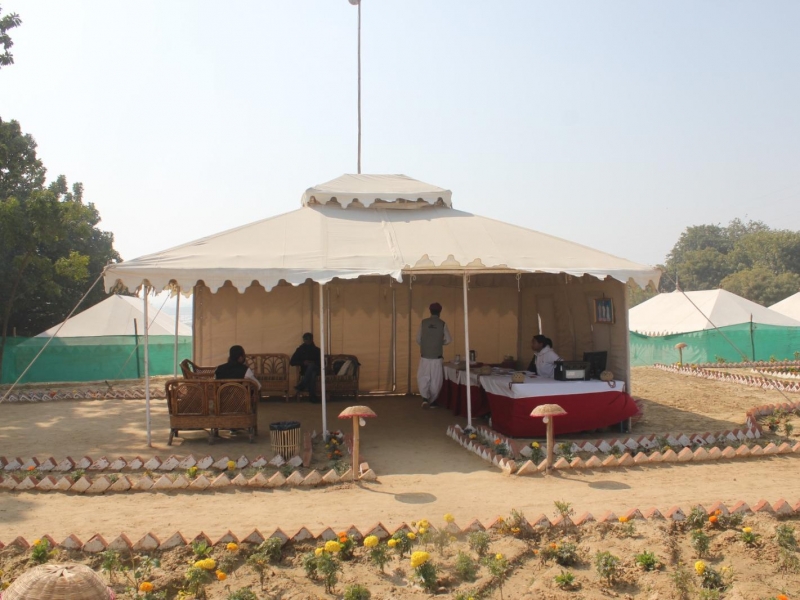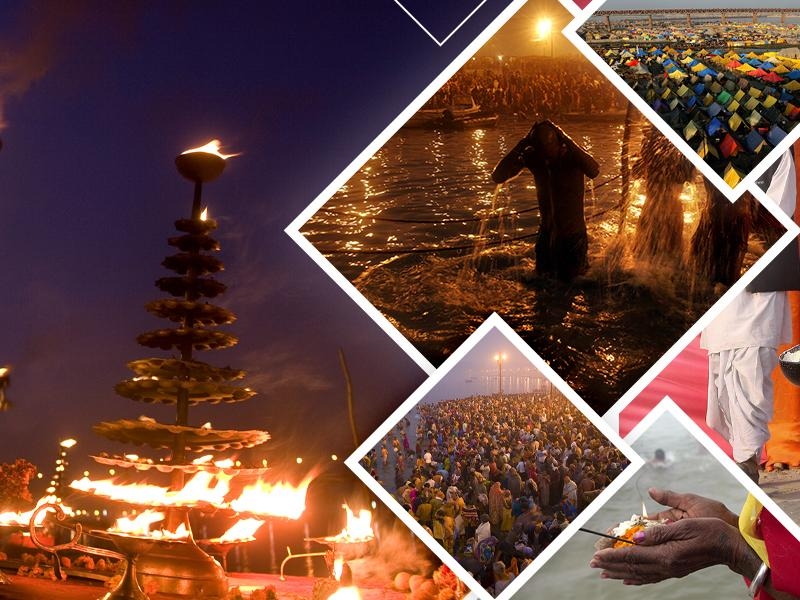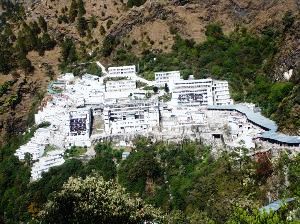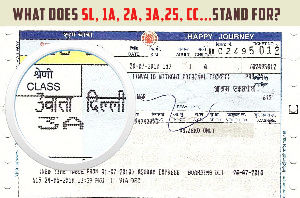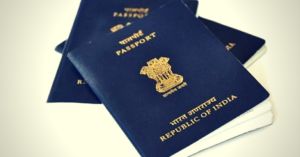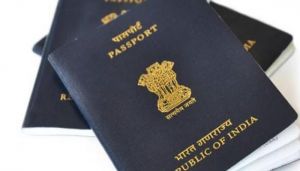
The Amarnath Cave is situated in the state of Jammu and Kashmir, approximately at an altitude of 4000 metres. Never mind the high elevation, every year Yatris huddle up to visit the holy cave and seek blessings from The Linga.
1. The Holy Yatra of Amarnath

The Holy Cave is surrounded by frosty snow all year round, except in summer when it is open to the yatris for darshan. The summer months of pilgrimage usually encompass the months from July to August, roughly open for 45 days.
Amarnath Yatra dates for 2016 are: 2nd July, 2016 to 18th August, 2016.
2. Important Darshan Dates for Amarnath Cave

2 July 2016 - Masik Shiv Ratri
8 July 2016 - Vinayak Chaturthi
15 July 2016- Devshayani Ekadashi
16 July- Kark Shankranti
17 July 2016- Prodosam Vrata
23 July 2016- Sangada Hara Chaturthi
28 July 2016- Masik Karthigai
30 July 2016- Kamika Ekadashi
1 August 2016- Masik Shivratri
2 August- Aadi Perukku
6 August- Vinayak Chaturthi
7 August- Garuda Panchmi
8 August- Shasti Vrat
12 August- Varalakshmi Vrat
14 August- Sawan Ekadashi
16 August- Simha Sankranti
18 August 2016 - Sawan Purnima ( Raksha bandhan)
3. Route to the Holy Cave

A. Reaching Jammu and Kashmir:
By air – The nearest airport is Srinagar. Daily flights are available.
By rail – The nearest railway station is Jammu. Bookings need to be in advance.
By road – J&K is well connected to the rest of India. Buses and taxis are available for the entire journey as well as a part of the journey.
B. Reaching the Holy Cave of Amarnath:
Pahalgham – Pahalgham is situated at a distance of 96 km from Srinagar. This distance can be covered by buses or taxis. Pahalgham to Jammu is 276 km and the most preferred mode of transportation is the car. However, buses and flights are available. Overnight stay is recommended.
Chandanwari – This is the first step to the Amarnath Yatra. The distance from Pahalgham to Chandanwari is just 16 km. This distance can be covered by buses or taxis.
Pissu Top – The hike begins from Chandanwari and ends at the Pissu Top. It is around 3 km in distance. Legend states that a war between the Devtas and the Rakshas pursued here.
Sheshnag – The trek from Pissu top to Sheshnag is 9 km. The trek is challenging as there are steep inclines but the view is breathtakingly beautiful. The Yatris can take a dip in the Sheshnag Lake and enjoy the peace within the mighty Himalayas.
Panjtarni – The hike to Panjtarni is difficult because there is a steep rise following a descent. Panjtarni is at an elevation of 3.6 km, thus many Yatris may feel nausea or difficulty in breathing due to deficiency of oxygen.
The Holy Cave – The Amarnath Cave is a mere 6 km from Panjtarni. It is recommended to begin the journey early since there is no place to stay.
4. Some Do’s and Don’ts for the Yatris

Do’s:-
1. Carry sufficient warm clothing.
2. Carry waterproof clothing like raincoats and windcheaters.
3. Carry a note stating your name and address in your pocket (in case of emergency) and your Yatra Permit.
4. Help the fellow Yatris and seek immediate help if someone from the group goes missing.
Don’ts:-
1. Do not attempt and shortcut routes as it could be fatal.
2. Do not wear uncomfortable clothing and footwear. Trek shoes are recommended.
3. Do not pollute or disturb the environment. NOTE: Polythene is banned in J&K.
4. Children below 13 years of age and elders above 75 years of age are prohibited to undertake the Yatra.
5. Where To register for the Yatra :

https://amarnathjiyatra.com/amarnath-yatra-medical-health-fitness-format-chc-2016.pdf
https://amarnathjiyatra.com/amarnath-yatra-application-registration-form-for-permit-2016.pdf
Recommended For You
-
 Best Places to Stay During Kumbh 2025: From Tents to Luxury Hotels
Best Places to Stay During Kumbh 2025: From Tents to Luxury Hotels
-
 The Ultimate Guide to Maha Kumbh Mela 2025 at Prayagraj
The Ultimate Guide to Maha Kumbh Mela 2025 at Prayagraj
-
 Understanding the Importance of the Sangam: The Confluence of Faith
Understanding the Importance of the Sangam: The Confluence of Faith
-
 The History and Mythology of Kumbh Mela: A Journey Through Time
The History and Mythology of Kumbh Mela: A Journey Through Time
-
 Best Places to Eat in Goa: Indulge in a Culinary Delight
Best Places to Eat in Goa: Indulge in a Culinary Delight
-
 The Future of Drone Tourism: How Drones are Changing the Travel Industry
The Future of Drone Tourism: How Drones are Changing the Travel Industry
